Understanding the Science Behind Bioenergy Production
The process of turning biomass into energy is known as bioenergy generation. Biomass is any organic substance that can be used as fuel, such as timber, crops, or garbage. Bioenergy is a renewable energy source that has the potential to decrease greenhouse gas pollution and reliance on fossil fuels.
Understanding the physics behind bioenergy generation is critical for creating effective and long-term solutions. Biology, chemistry, physics, and engineering are all required. We can optimize the conversion process, reduce expenses, and decrease environmental effects by knowing the science. Understanding the physics behind bioenergy generation can also assist us in identifying possible obstacles and possibilities for innovation.
Table of Contents
What is Bioenergy?
Bioenergy is defined as energy obtained from organic materials, such as vegetation and creatures. This sustainable energy source is gaining popularity due to its ability to decrease greenhouse gas pollution and reliance on fossil fuels.
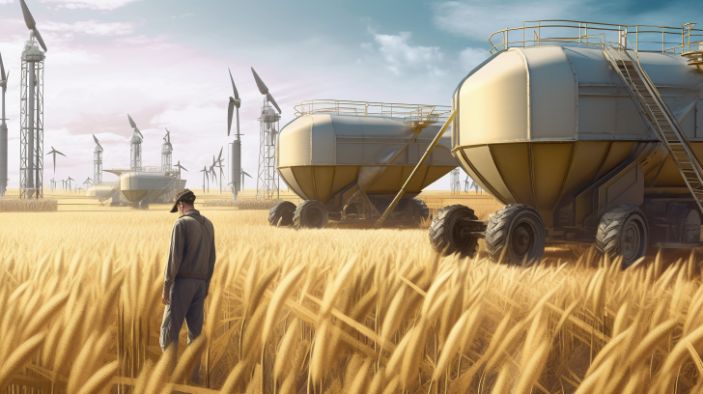
Bioenergy is classified into three types: waste, biodiesel, and biogas. The use of organic materials, such as wood chips or farm refuse, to produce heat or energy is referred to as biomass. Biofuels are liquid fuels produced from organic matter that can be used to power cars, such as ethanol or biodiesel. Biogas is created when organic matter, such as food waste or livestock manure, decomposes and can be used to make energy or heat.
One of the primary benefits of bioenergy is that it is a sustainable energy source, which means it can be renewed over time. Bioenergy can also help decrease greenhouse gas pollution and reliance on fossil fuels. However, there are some drawbacks to biofuel. Biofuel production, for example, can contend with food production, resulting in higher food costs. Furthermore, the production of biomass can necessitate a large quantity of land and water, which can have unfavorable environmental consequences.
The Science Behind Bioenergy Production
Bioenergy generation is the process of converting biomass into energy. This procedure is critical in the creation of biofuels, which are sustainable energy sources. The science of bioenergy generation is complicated, involving a number of molecular and biological processes.

Photosynthesis and its function in the generation of bioenergy
The mechanism by which plants transform sunlight into energy is known as photosynthesis. This procedure is critical in the creation of bioenergy because it gives the raw materials required for biomass production. Plants absorb carbon dioxide from the environment and transform it into organic matter during photosynthesis. This biological substance is then used by the plant as a source of energy.
Biomass conversion to biofuel
Several stages are involved in the change of biomass to biofuel. The waste is first collected and delivered to a processing facility. The biomass is then processed to eliminate impurities and transform it into a form suitable for biofuel production. This can include the application of heat, pressure, or chemical reactions.
Bioenergy generation through fermentation and anaerobic decomposition
Fermentation and anaerobic digestion are two prevalent bioenergy generation mechanisms. Fermentation is the process of converting carbohydrates into ethanol, which can be used as an energy. Anaerobic digestion is the degradation of organic matter in the lack of oxygen, which results in the production of biogas. Biogas can be used to generate energy for warmth or power.
Chemical steps involved in the creation of biofuel
Several chemical mechanisms are involved in the creation of biofuels. Transesterification, which includes the conversion of vegetable oil or animal fat into biodiesel, is one of the most prevalent procedures. A catalyst is used in this process to break down the oil or fat into its component components, which are then rebuilt into biodiesel.
Finally, the physics behind bioenergy generation is complicated, involving a number of molecular and biological processes. These procedures are critical in the creation of biofuels, which are renewable energy sources. We can create more effective and sustainable biofuel production techniques by comprehending the physics behind bioenergy production.
Environmental Impact of Bioenergy Production
The production of bioenergy has both good and bad environmental consequences. Bioenergy, on the other hand, is a renewable energy source that can help to decrease greenhouse gas pollution and reliance on fossil fuels. Furthermore, bioenergy production has the potential to generate employment and promote economic development in rural regions.
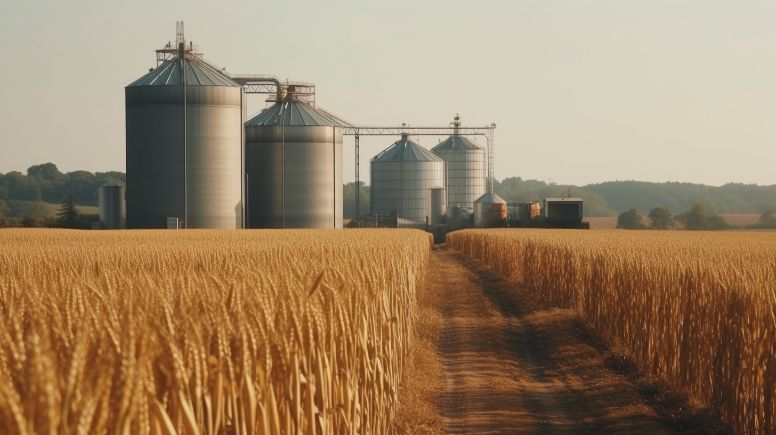
However, there are some unfavorable environmental consequences to bioenergy generation. Bioenergy crop output can result in deforestation, land erosion, and river contamination. Furthermore, the use of fertilizers and pesticides can have a negative impact on local habitats and animals.
Bioenergy has both benefits and drawbacks when compared to other energy sources. Bioenergy, for example, emits fewer greenhouse gases than fossil fuels but needs a large quantity of land and water. Furthermore, bioenergy production may contend for resources with food production, resulting in food shortages and increased costs.
To guarantee the long-term viability of bioenergy output, environmental effects must be meticulously managed. This includes employing sustainable agricultural methods, reducing fertilizer and pesticide use, and preserving natural areas. Furthermore, the social and economic effects of bioenergy output must be considered, including the potential for employment development and economic growth in rural regions.
The Future of Bioenergy Production
Bioenergy output has increased in recent years, as has interest in green energy sources. Current bioenergy output patterns include the use of wood, biogas, and biofuels. The most prevalent form of bioenergy is biomass, which includes the conversion of organic matter into energy. Biogas is created by anaerobic digestion of organic refuse, whereas biofuels are obtained from products like maize and sugarcane.

The biofuel business has enormous growth and development potential. Bioenergy has the potential to become a significant participant in the energy industry as demand for green energy sources grows. Bioenergy can also be used to help decrease greenhouse gas pollution and support sustainable growth.
However, the bioenergy sector confronts a number of challenges as well as possibilities. One of the most significant obstacles is rivalry from other renewable energy sources such as wind and solar. Another issue is the scarcity and high expense of renewable feedstocks. As governments around the globe continue to create policies to support the development of the bioenergy industry, the sector also confronts regulatory and policy challenges.
Despite these obstacles, the bioenergy business offers numerous chances for expansion and development. The sector has the potential to generate new jobs and boost economic development, especially in rural regions. Bioenergy can also serve to decrease reliance on fossil fuels and support energy security.
Finally, the future of bioenergy output appears bright, with room for growth and development. However, in order to completely achieve its potential, the business must surmount several challenges and seize chances.
Conclusion
Finally, bioenergy production has the ability to play a major part in fulfilling global energy needs while lowering greenhouse gas emissions. The main topics covered in this paper are the different kinds of bioenergy, their benefits and drawbacks, and the challenges connected with their production and usage.
It is obvious that bioenergy production is not a one-size-fits-all answer, and each region’s unique conditions and resources must be carefully considered. Bioenergy, on the other hand, can help to a more sustainable energy future with the proper policies and investments.
It is also essential to highlight the importance of ongoing research and development in bioenergy production. This involves making current technologies more efficient, creating new and innovative techniques, and addressing the environmental and societal effects of bioenergy output.
Overall, biomass has the ability to be an important component of a diverse and long-term energy balance. However, it is critical to handle its production and use with caution and thorough evaluation of the possible consequences.

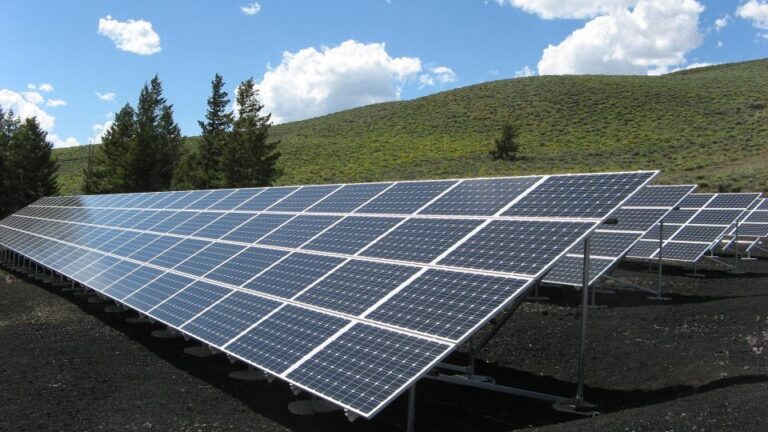
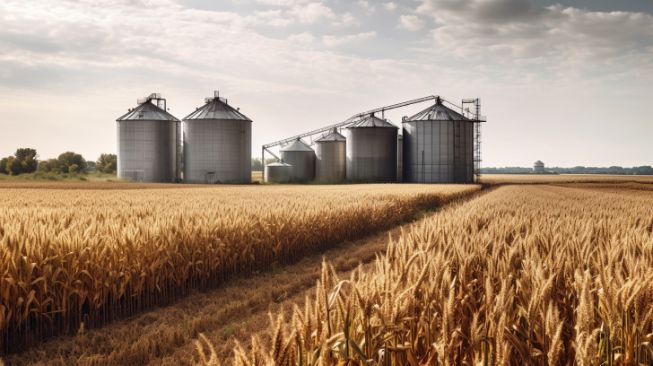
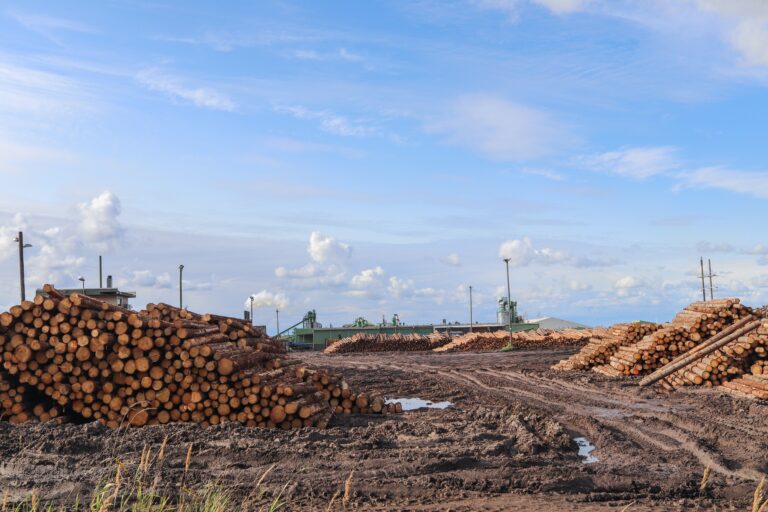

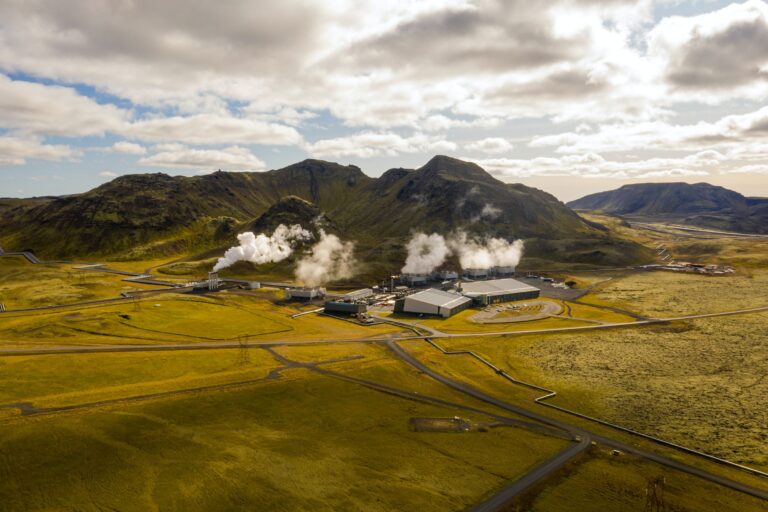
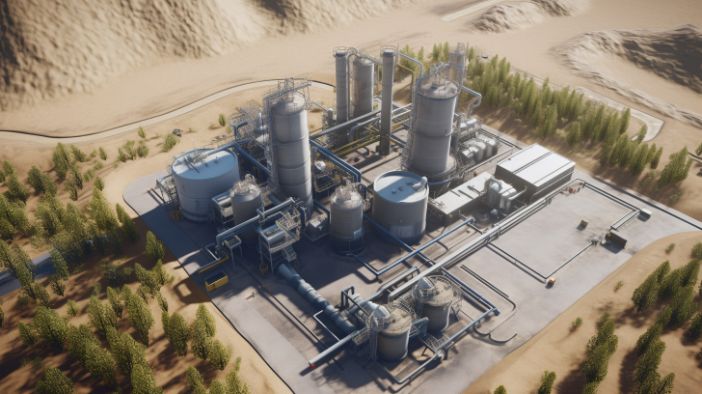
One Comment